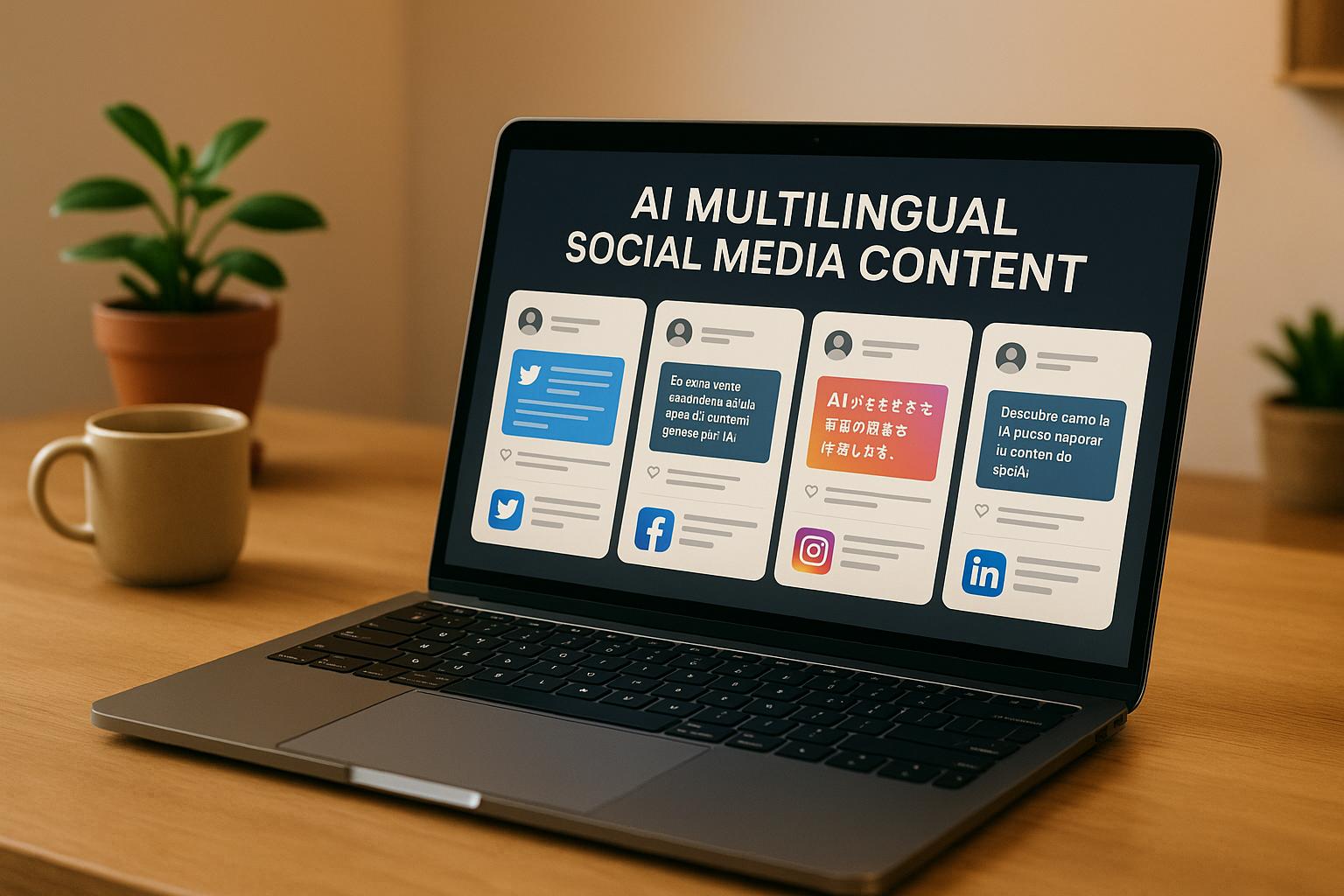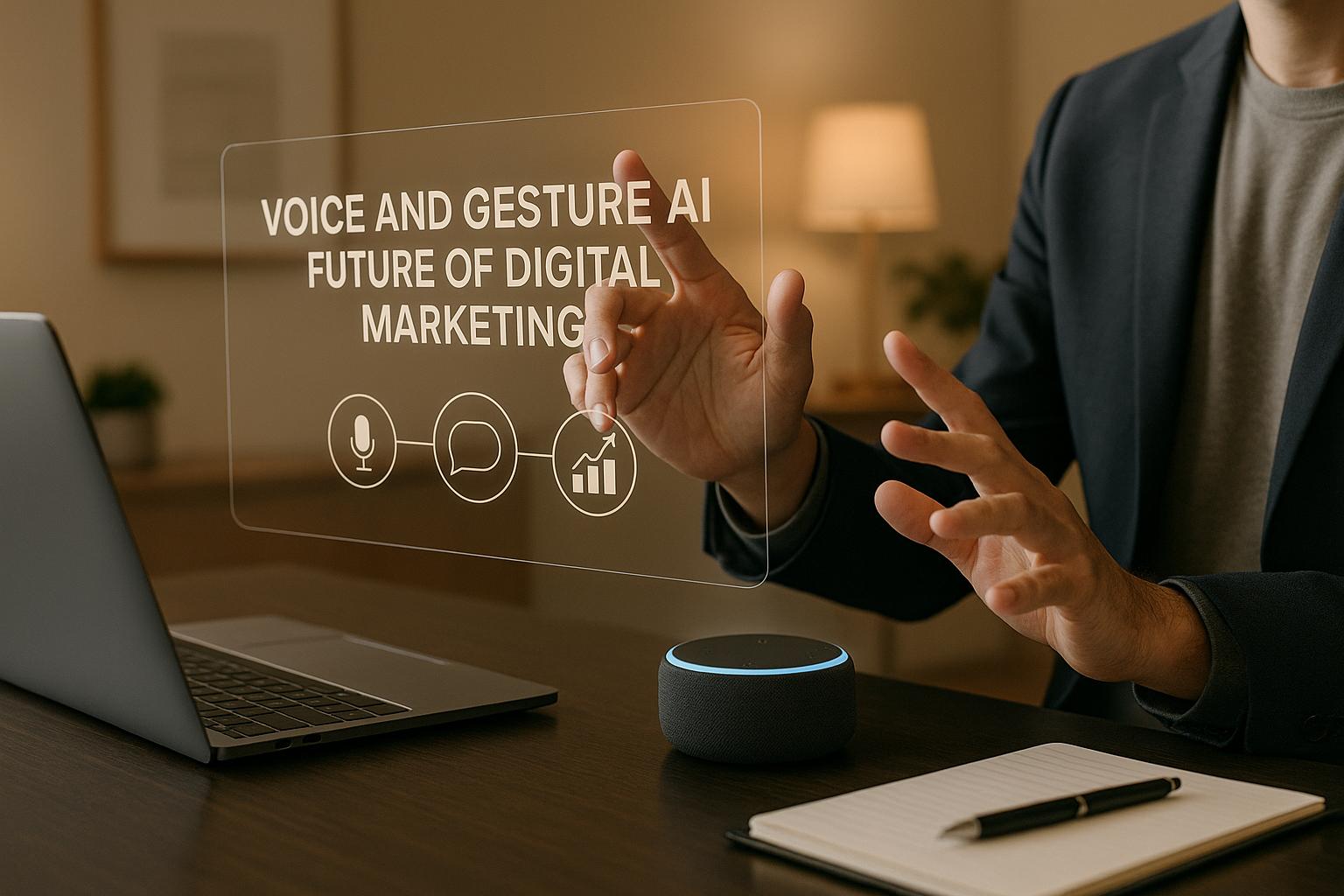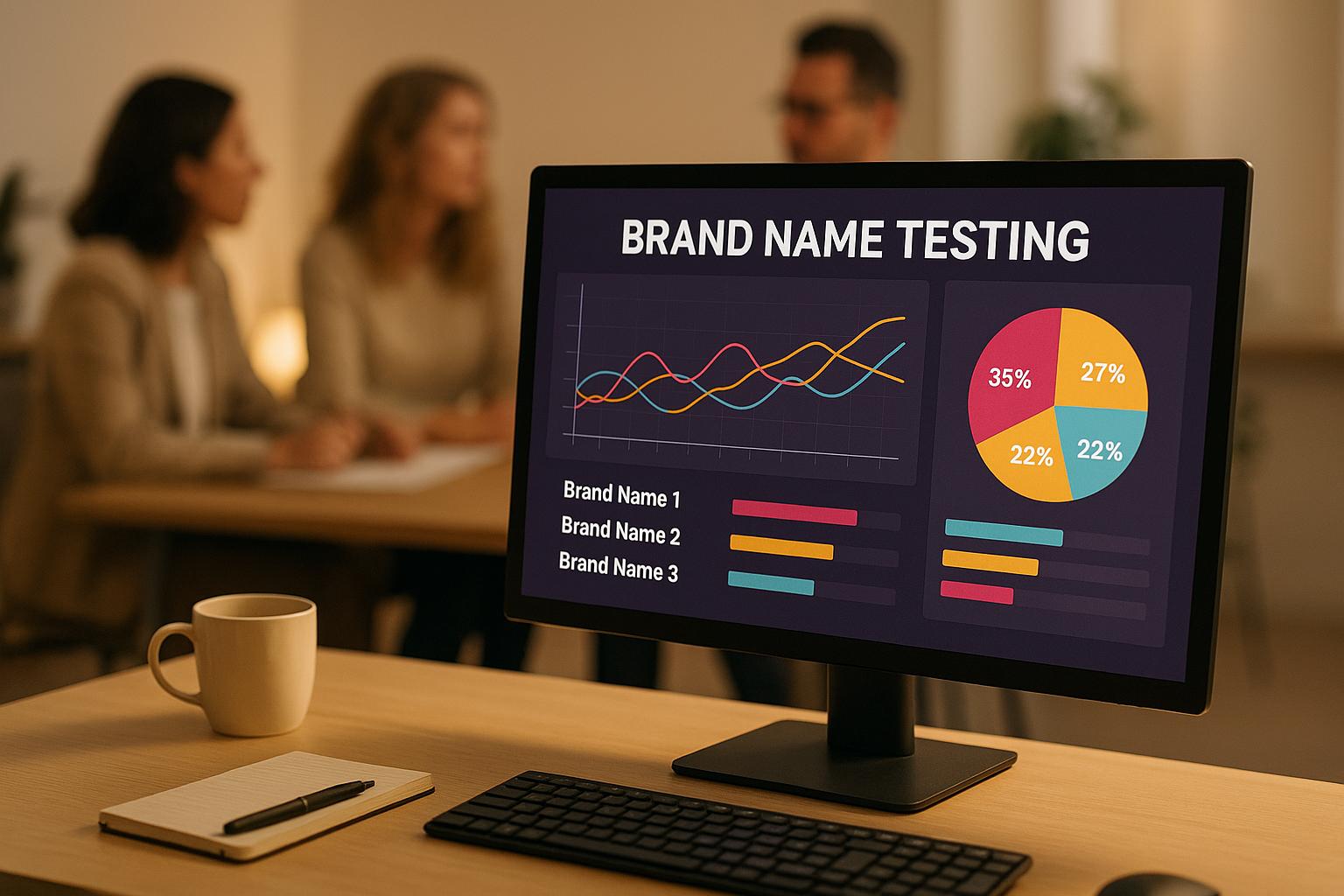Visual storytelling is a game-changer in marketing. It’s not just about pretty pictures; it’s about creating a narrative that resonates with your audience on a deeper level.
At My Rich Brand, we’ve seen firsthand the impact of visual storytelling on engagement and brand recall. This powerful technique can transform your marketing efforts, making your message more memorable and compelling.
What Makes Visual Storytelling Powerful?
The Science Behind Visual Impact
Our brains process visual information 60,000 times faster than text (as reported by 3M Corporation). This fact explains why visual content proves so effective in marketing. When we use visuals to tell a story, we tap into the brain’s natural ability to quickly understand and remember information.
Elements of Effective Visual Storytelling
To create compelling visual stories, focus on these key elements:
- Consistency: Maintain a cohesive visual style across all platforms. This builds brand recognition and trust.
- Emotion: Use images that evoke feelings. A study by Nielsen found that ads with an above-average emotional response from consumers caused a 23% increase in sales compared to average advertisements.
- Simplicity: Keep your visuals clean and easy to understand. Overcomplicated messages can lead to confusion and disengagement.
Boosting Engagement and Recall
Visual storytelling significantly impacts audience engagement and brand recall. Content with relevant images gets more views than content without images. According to a survey by Venngage, original graphics are the most effective type of visual content for marketers.

Brain Rules author John Medina found that people remember only 10% of information they hear three days later. However, if a relevant image pairs with that same information, people retain 65% of the information three days later.
Practical Tips for Implementation
- Use high-quality images: Invest in professional photography or high-quality stock images. Poor-quality visuals can harm your brand image.
- Incorporate infographics: These are shared 3x more on social media than other types of content (Massplanner study).
- Leverage video: 84% of consumers have been convinced to buy a product or service by watching a brand’s video (Wyzowl report).
The Role of AI in Visual Storytelling
Artificial Intelligence (AI) has revolutionized visual storytelling in marketing. AI-powered tools can now generate custom images, edit videos, and even create entire visual campaigns. These tools (like those offered by My Rich Brand) allow marketers to produce high-quality visual content at scale, saving time and resources.
AI also helps in analyzing visual content performance, providing insights that can inform future storytelling strategies. This data-driven approach ensures that visual stories not only look good but also resonate with the target audience.
As we move forward, the next chapter will explore specific techniques to enhance your visual storytelling, including color psychology and typography. These elements work together to create powerful visual narratives that capture attention and drive engagement.
How to Create Powerful Visual Stories
Visual storytelling combines creativity with strategy to captivate audiences and drive results. Let’s explore key techniques to elevate your visual storytelling game:
The Psychology of Color in Marketing
Colors evoke emotions and influence behavior. A University of Winnipeg study found that colors can have contradictory effects on the body, such as red being associated with increasing metabolic state.

Different colors trigger specific responses:
- Red creates urgency (often used for clearance sales)
- Blue builds trust (favored by financial institutions)
- Green associates with health (common in organic brands)
- Yellow captures attention (popular for targeting children)
Select colors that align with your brand personality and desired emotional response. Conduct A/B tests of various color schemes to identify what resonates best with your audience.
Typography: More Than Just Words
Typography conveys personality and emotion beyond mere readability. Font choices impact perception:
- Sans-serif fonts (e.g., Arial, Helvetica) project a modern, clean look
- Serif fonts (e.g., Times New Roman) suggest tradition and respectability
- Script fonts add a personal touch (use sparingly for readability)
Font size and hierarchy are equally important. Use larger fonts for headlines to grab attention and smaller fonts for body text. Maintain consistent typographic style across all marketing materials to reinforce brand identity.
The Power of Infographics
Infographics are visual content powerhouses that can increase web traffic. They excel at explaining complex concepts or presenting data in digestible formats.
To create effective infographics:
- Focus on a clear narrative
- Start with a compelling title
- Use icons and illustrations to represent data
- Include a clear call to action at the end
- Keep the design clean and avoid clutter
Video: The King of Visual Content
Video content dominates the digital landscape.
To harness video’s power:
- Start with a hook in the first few seconds
- Keep videos concise (ideal length varies by platform)
- Include captions for viewers watching without sound
- Consider live video for real-time audience interaction
Live video creates a sense of urgency and allows for immediate engagement. Use it for product launches, Q&A sessions, or behind-the-scenes glimpses of your business.
These visual storytelling techniques can transform a brand’s digital presence. AI-enhanced services (like those offered by My Rich Brand) can help create compelling visual stories that resonate with your audience and drive results. Whether you’re just starting out or looking to scale your visual marketing efforts, there’s a solution that fits your needs.
As we move forward, we’ll explore how to implement these visual storytelling techniques across various marketing channels, ensuring a cohesive and impactful brand presence across all touchpoints.
How to Implement Visual Storytelling Across Channels
Social Media: Platform-Specific Visual Strategies
Social media platforms demand unique visual approaches. Instagram thrives on high-quality images and short videos. Posts with at least one image receive 6.5 times more engagement than those without (Hootsuite). For Instagram Stories, use vertical video formats and interactive elements like polls or quizzes to boost engagement.

Twitter benefits from bold, eye-catching visuals. Images increase retweets by 150% (Buffer). Infographics work particularly well, as they convey complex information quickly.
Facebook accommodates various visual content types. Videos get 135% more organic reach than photos (Socialbakers). Live videos generate six times more interactions than regular videos.
LinkedIn prefers professional, polished visuals. Infographics and data visualizations perform well, receiving 3x more engagement than other content types on the platform.
Website Design: Visual Storytelling for User Experience
Your website often provides the first impression of your brand. Use visual storytelling to guide visitors and convey your message effectively.
Create a visually striking hero section that immediately communicates your brand’s value proposition. Use high-quality images or videos that resonate with your target audience. (38% of people will stop engaging with a website if the content or layout is unattractive, according to Adobe.)
Incorporate visual elements throughout your site that support your brand narrative. This could include custom illustrations, product photos, or interactive elements. Airbnb excels at this, using large, immersive photographs to showcase destinations and properties.
Optimize images for quick loading. (39% of people will stop engaging with a website if images won’t load or take too long to load, Adobe reports.)
Email Marketing: Visual Storytelling in the Inbox
Email marketing remains powerful, and visual storytelling can significantly boost its effectiveness. Emails with images have a 42% higher click-through rate than those without.
Use a consistent visual style in your emails that aligns with your overall brand identity. This builds trust with your audience.
Support your email’s message with relevant visuals. This could include product images, infographics, or GIFs. (76% of marketers use GIFs in their email marketing campaigns at least sometimes, according to MarketingSherpa.)
Optimize your visuals for mobile devices. Over 50% of emails are opened on mobile devices, so ensure your visual elements look good on smaller screens.
Print and Outdoor: Visual Storytelling in the Physical World
Print materials and outdoor advertising offer unique opportunities to create memorable brand experiences.
For print materials like brochures or business cards, focus on high-quality printing and paper stock. The tactile experience contributes to the story you tell. Use consistent visual elements that tie into your digital branding for a cohesive brand experience.
Outdoor advertising, such as billboards or transit ads, requires bold, simple visuals that people can understand at a glance. The average viewing time for a billboard is just 5-10 seconds (Outdoor Advertising Association of America). Use large, easy-to-read text and striking imagery to make an impact.
Interactive outdoor advertising, like augmented reality (AR) billboards, can create immersive experiences that blend the physical and digital worlds. These innovative approaches can significantly increase engagement and brand recall.
Final Thoughts
Visual storytelling has become an essential tool in modern marketing. It captures attention, evokes emotions, and conveys complex messages quickly. The impact of visual storytelling extends beyond aesthetics, creating narratives that resonate with audiences and build brand recognition across all marketing channels.

We at My Rich Brand understand the challenges of creating impactful visual stories in today’s fast-paced digital world. Our AI-enhanced services help craft compelling visual narratives that resonate with your audience and drive results. We offer tailored solutions to meet your needs, whether you’re starting out or scaling your visual marketing efforts.
The future of marketing lies in the ability to tell visually compelling stories that capture attention and drive action. Visual storytelling positions your brand for long-term success in an increasingly visual world. It’s not just about keeping up with trends; it’s about leading the way in effective communication with your audience.





